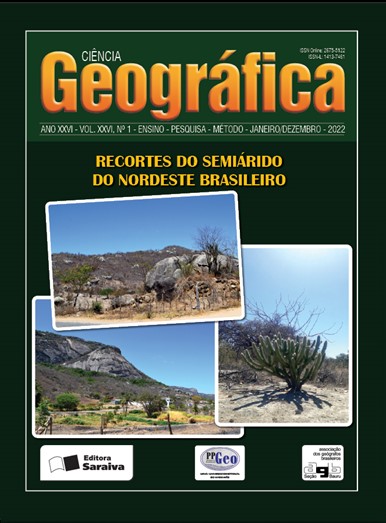APPLICATION OF EXTRACTS OF SECURIDACA LONGEPEDUNCULATA IN SCHOOL CHEMISTRY EXPERIMENTS
DOI:
https://doi.org/10.18817/26755122.26.01.2022.2905Keywords:
Extracts. Securidaca longepedunculata. School experiences. Chemical kinetics.Abstract
The vegetal extracts have been used since XVII century as didactic material, specifically as indicators of chemical substances. In situations of shortage of materials and reagents, teachers are called to be creative, using means more available in their context. This study was developed with the aim of evaluating the effect of extracts of Securidaca longepedunculata stem bark to demonstrate the influence of genetic factors on the speed of chemical reactions. The plant material was dried and processed into powder, the research was experimental with four tests designed to demonstrate the influence of catalysts, concentration, contact surface and temperature. The results achieved show that the extracts present visual effects against potassium dichromate, that the teaching procedures are easy to use and that make it a reagent capable of demonstrating the influence of factors on the speed of a chemical reaction.


